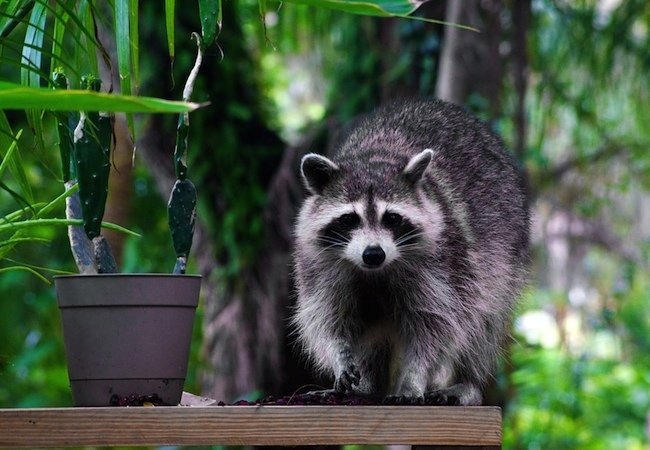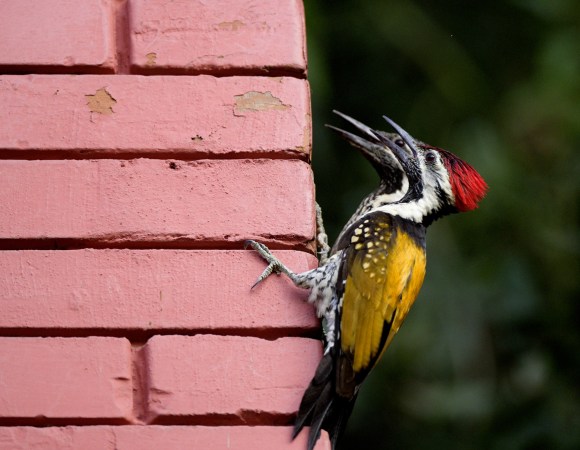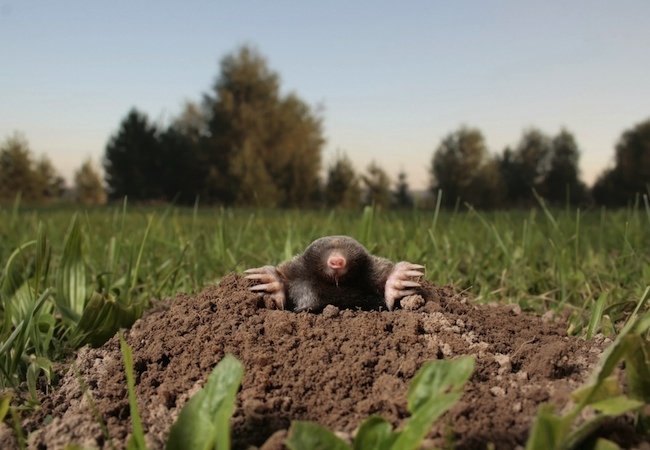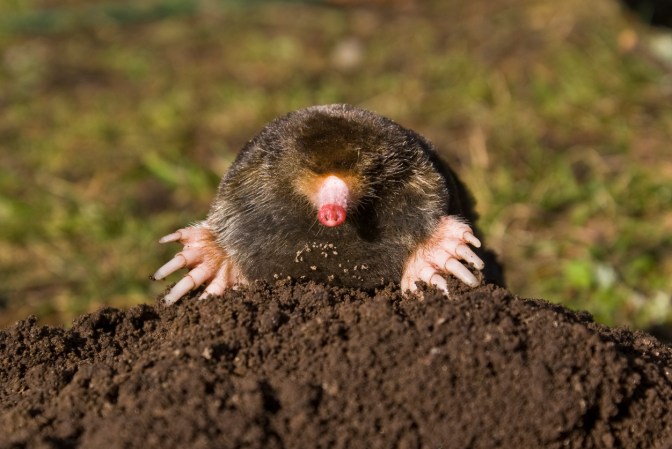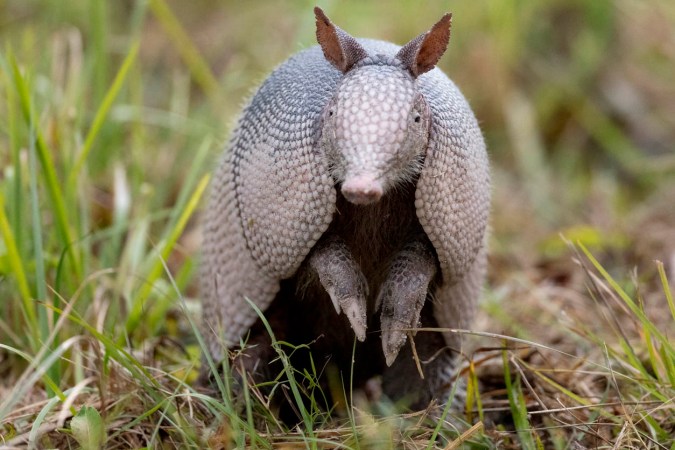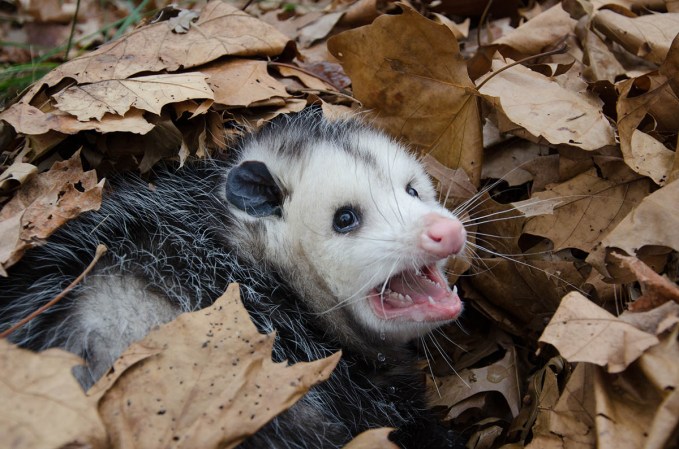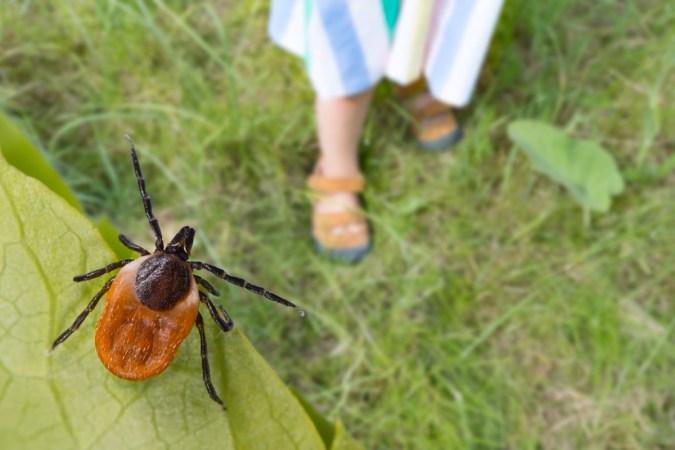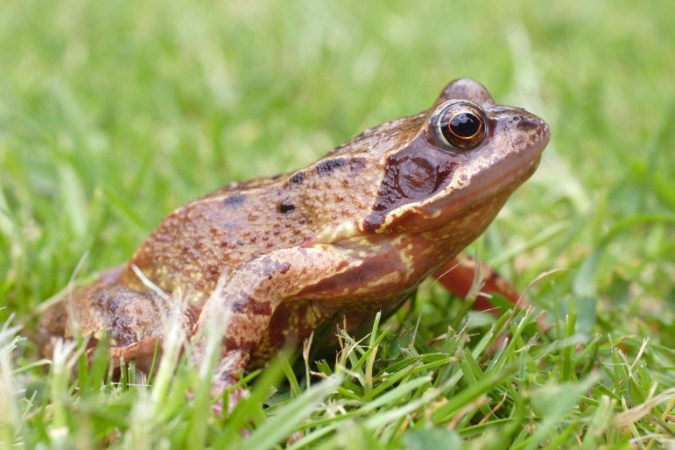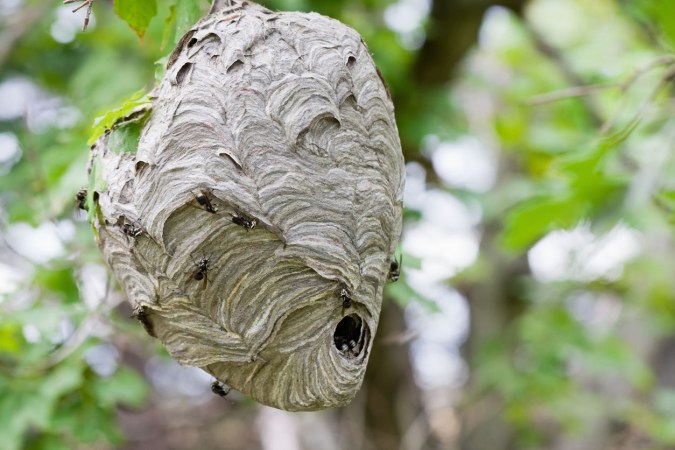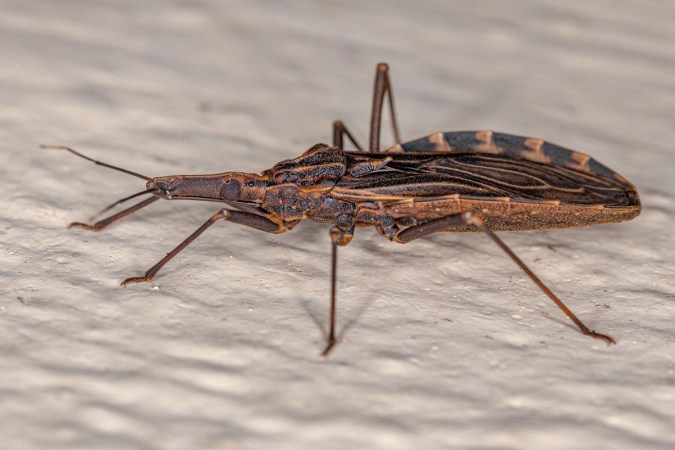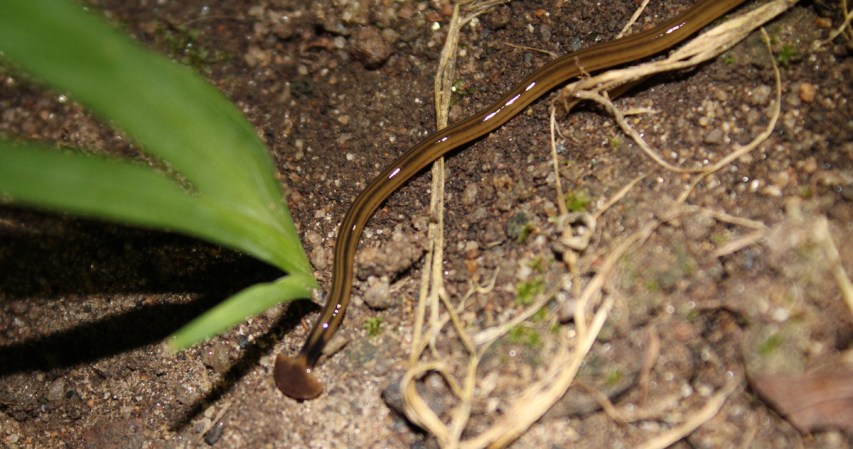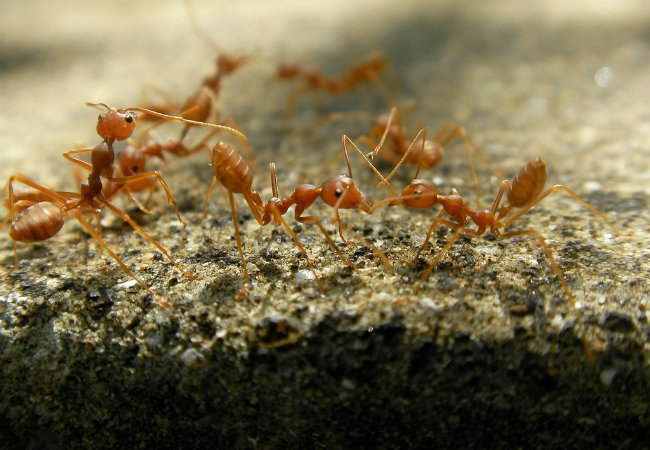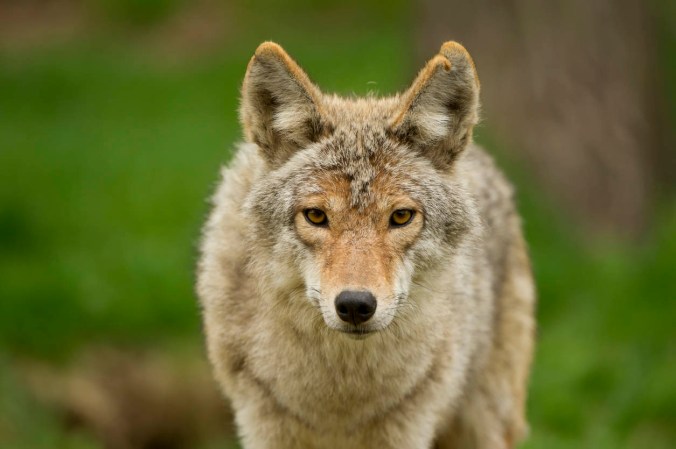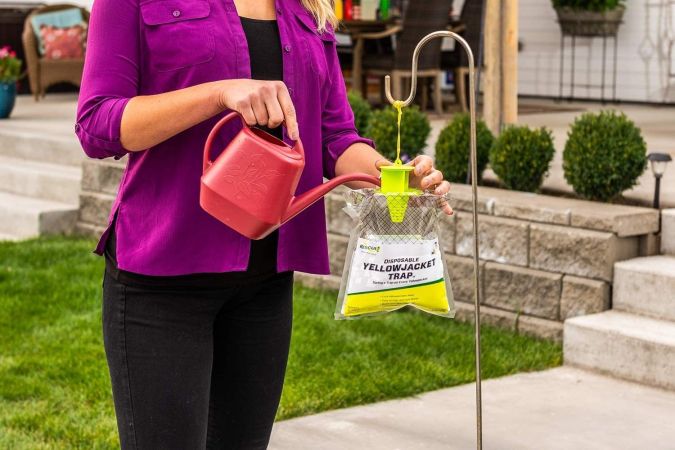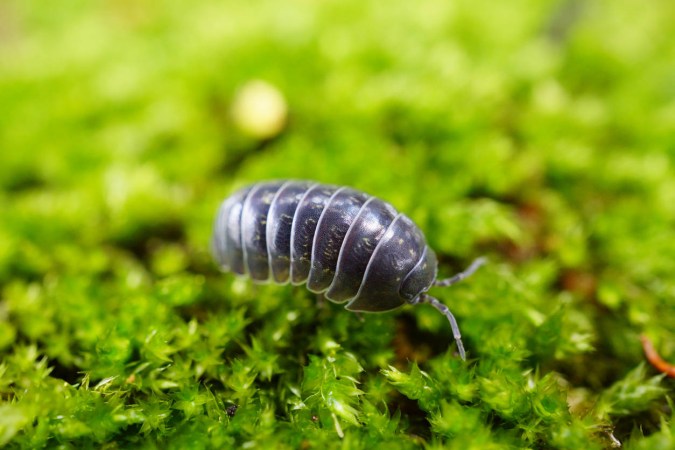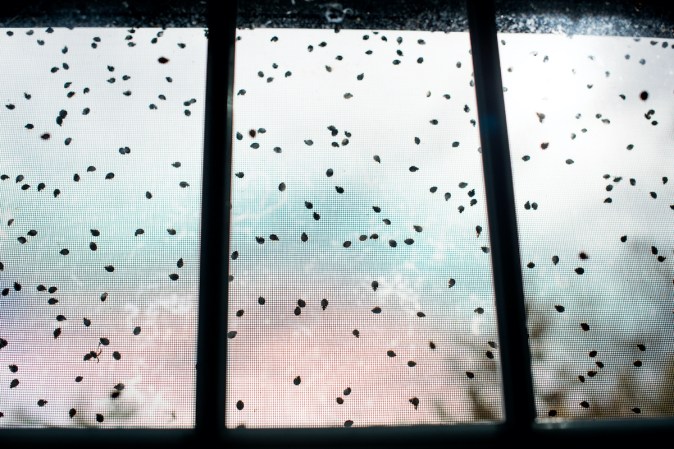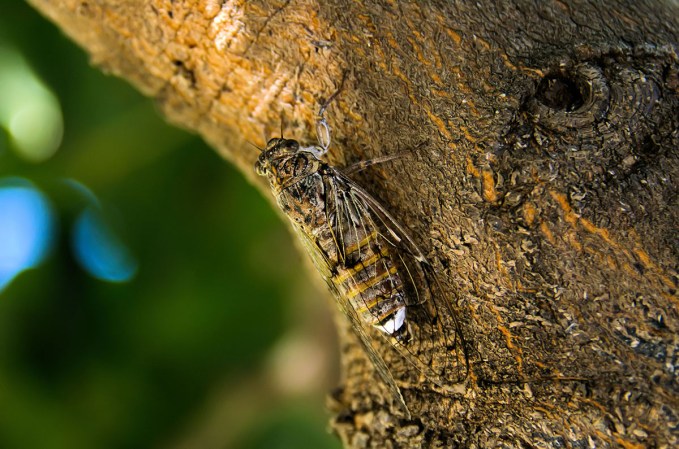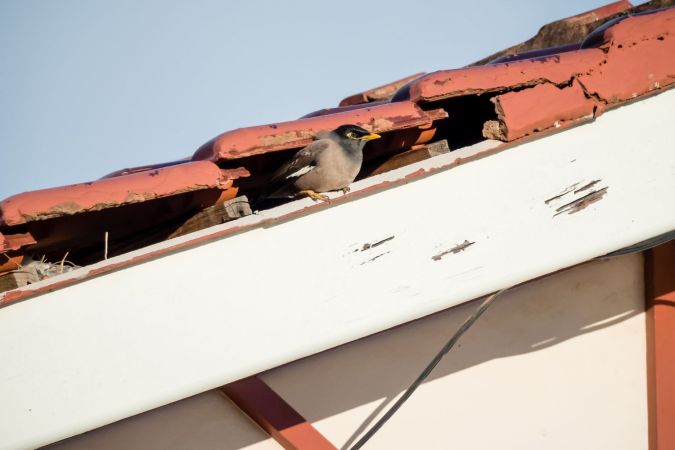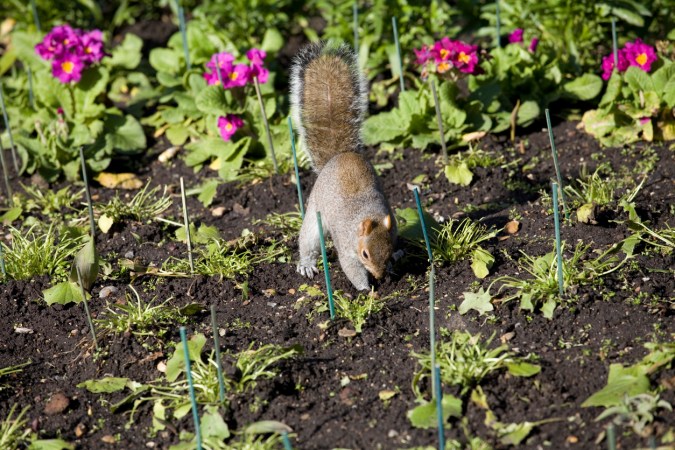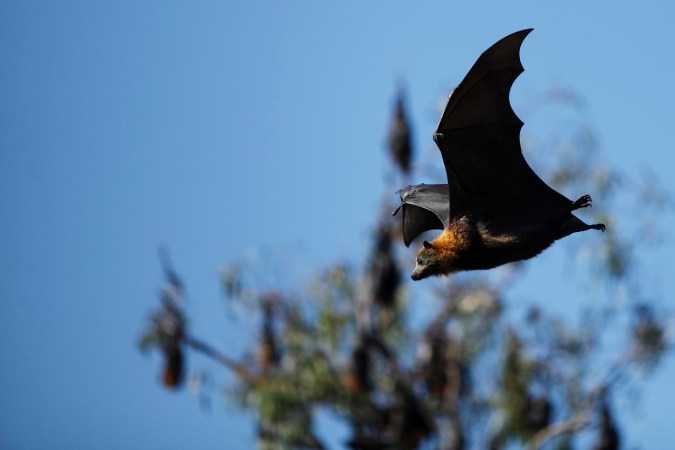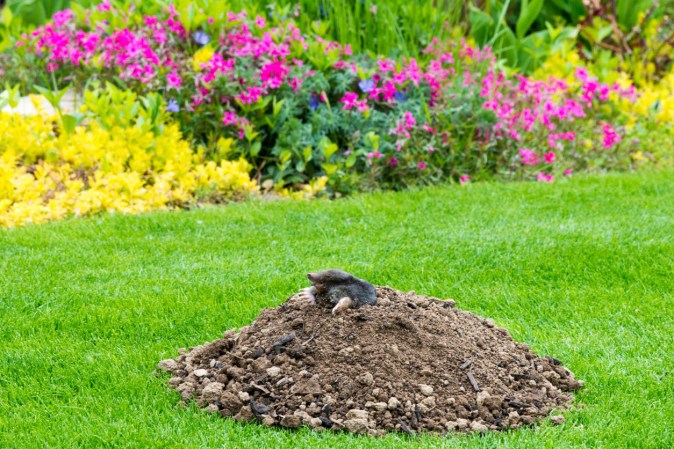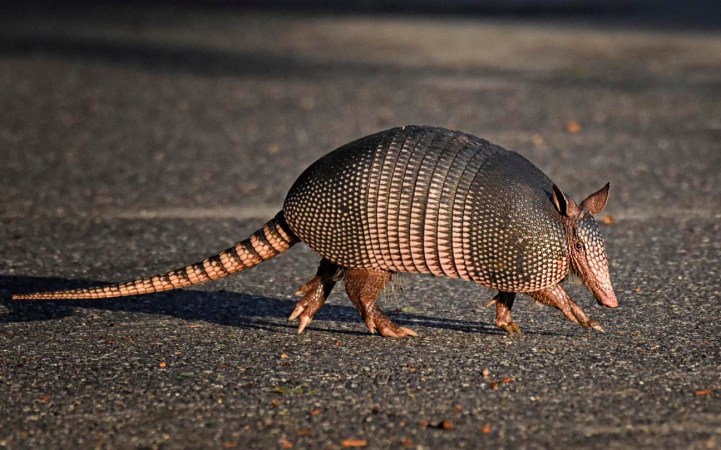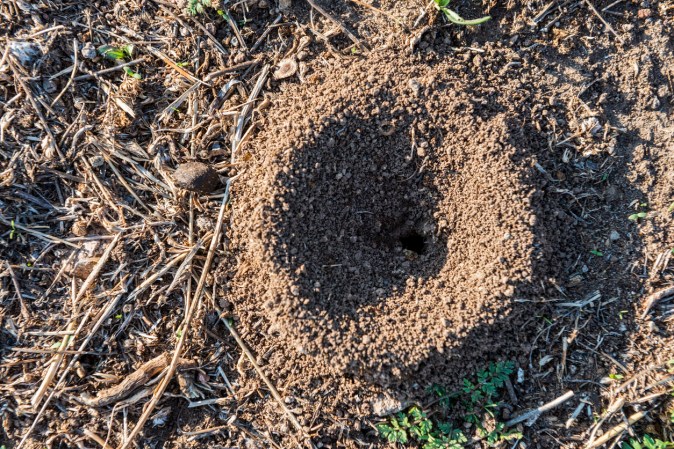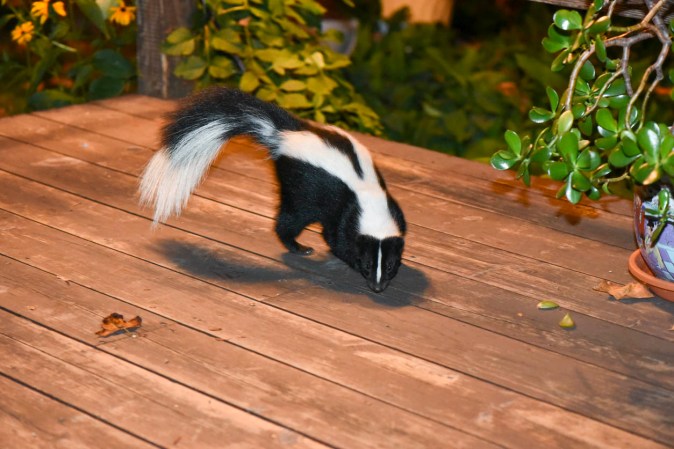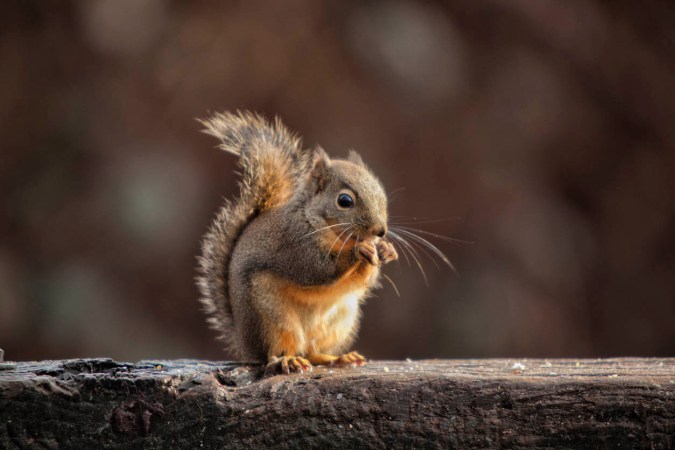We may earn revenue from the products available on this page and participate in affiliate programs. Learn More ›
Sure, raccoons are sort of cute, but know this: If it feels threatened, a raccoon can be dangerous, particularly if it’s carrying a disease (rabies, for example). Homeowners will want to tread carefully when dealing with wild animals such as raccoons, and remember that professionals from some of the best pest control companies that also tackle wildlife control (such as Orkin and Terminix, depending on local branch services) are trained to deal with raccoons and other creatures. Most local governments include an animal control department with field operations aimed at helping residents cope with wildlife.
Of course, if a homeowner feels the need to get on the case immediately, there are a variety of ways to get rid of raccoons safely and effectively, whether they’re causing trouble indoors or out.
Estimated cost: $400 to $600 for professional removal
Tools & Materials
Bobvila.com may earn a commission from purchases made through these links.
- Wire mesh
- Coyote or wolf urine
- Vinegar
- Hot sauce
- Cayenne or garlic powder
- Ammonia
- Bungee cords
- Trash bin with lock
Before You Begin…
Once raccoons make their way onto a property, their presence is not likely to stay a secret for long. Raccoons are notorious for invading trash bins, often knocking them over and making a mess. If homeowners know what raccoon poop looks like, they may notice it appearing in piles on elevated surfaces around the yard. Nests are typically made of scraps from the garbage or leaves and sticks. If raccoons have made their way inside the home, homeowners may hear scratching at night coming from the attic and notice torn roofing or siding materials where the animals are entering and exiting.
Tips for How to Get Rid of Raccoons
- Block any potential entry points to the home or yard.
- Trap and relocate raccoons living in the home.
- Use deterrents and harassment methods.
- Remove food and water sources from the yard.
Safety Considerations
- Avoid coming into direct contact with raccoons as they can carry diseases such as rabies.
- Raccoons may become aggressive if they detect a threat to themselves or their kits.
STEP 1: Use exclusion methods to get rid of raccoons from inside your home.
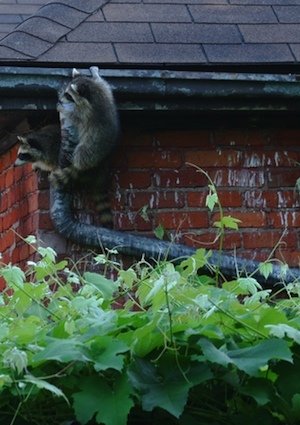
To get rid of raccoons indoors, it may be tempting for homeowners to use poison. Ethics aside, this may not be the wisest course to take, because if the poison works and the animal dies, it will leave a noxious odor and a mess that will be highly unpleasant to clean up—assuming it’s even in an accessible location. Instead, using methods to exclude raccoons from the property may be more effective. Installing fencing around the perimeter of the yard can keep out nuisance wildlife, but the bottom of the fence will need to extend deep underground so that raccoons cannot burrow underneath it. Fencing or wire mesh can also be installed around raised decks to prevent raccoons from nesting underneath them. To keep these critters out of the home, it’s a good idea for homeowners to patch up any damaged siding and seal cracks in the foundation. It’s common to find raccoons in the attic, so eliminating access to the roof by keeping surrounding trees trimmed back is also key. There are even one-way doors that can be installed at certain points to exclude raccoons from the home without trapping them inside.
STEP 2: Set up live traps to catch and relocate raccoons humanely.
Trapping may be the fastest way to get rid of raccoons and is often a good choice if the animals have gotten inside the home. Before deciding on this course of action, homeowners will want to verify that it does not go against any local regulations as some areas require a license to trap or relocate raccoons or other wildlife. The local branch of the U.S. Fish and Wildlife Department can shed light on any restrictions and may provide the necessary traps. In some regions, it even offers raccoon removal services. After setting up the trap with one of the best raccoon baits, homeowners will want to check the trap regularly. Once they are trapped, raccoons will need to be driven at least 10 miles away from the home to keep them from returning. In many cases, raccoons take up residence inside homes to nest with their babies. According to the Humane Society of the United States, raccoon kits that are born inside the home will not be able to leave the nest for 10 weeks. To practice humane raccoon removal, it’s important for homeowners to make sure they don’t separate the mother raccoon from her kits upon relocation.
Homeowners will want to note that trapping wild animals carries some risk to both humans and animals. Those who do not feel completely comfortable trapping raccoons and relocating them themselves will want to have a wildlife removal specialist take care of this job.
STEP 3: Consider using harassment methods to get rid of raccoons from your property.
Harassment methods are one of the most humane options for raccoon removal as they simply involve creating conditions that make a property uninviting. Certain sights and sounds are irritating to raccoons, so incorporating these into the yard may cause them to leave of their own accord.
- Light. Raccoons enjoy the dark, so a strategically placed flashlight can be a deterrent. Similarly, motion-activated lights surrounding the home can startle raccoons into staying away.
- Water. Placing sprinkler heads near the suspected raccoon nest and turning them on in the evening can cause raccoons to relocate.
- Sound. Because raccoons are also put off by strange noises, playing a small radio near their nest may help keep them at bay.
STEP 4: Look into natural deterrents that can encourage raccoons to look elsewhere for shelter.
Just like humans, raccoons have aversions to particular smells. Fortunately, many natural raccoon repellents are items that homeowners are likely to have on hand or that they can easily acquire at the grocery store. There are also plenty of raccoon repellent sprays on the market.
- Animal urine. Raccoons have many natural predators, so the urine of these animals is one of the best raccoon repellents a homeowner can use. Coyote, wolf, and other predator urine can be purchased online or at a local garden store for this purpose.
- Vinegar. Vinegar is a low-cost and nontoxic raccoon deterrent that can be used in gardens to keep them from eating plants.
- Plants. Some plants are also repulsive to raccoons—planting plenty of cucumbers near the entrance of the yard or garden may be enough to ward them off.
- Strong flavors. Hot sauce, cayenne, or garlic powder shaken around the perimeter of the yard are all effective raccoon deterrents.
- Ammonia. Raccoons hate the smell of ammonia, so a saucerful of the stuff (or an ammonia-dipped rag) near the creatures’ entry point makes a great homemade raccoon repellent.
It’s worth noting that repellents will need to be reapplied any time it rains, so they may not be viable as a long-term solution.
STEP 5: Prevent raccoons from re-entering your home by sealing off entry points.
After the homeowner is certain that their furry visitors have left the building, the final step is to seal up the access points so as to prevent return. A raccoon only needs a gap of 4 inches to force its way inside, so it’s important for homeowners to address any holes of this size or larger around the outside of the home. If access points cannot be repaired right away, nailing wire mesh over any gaps is often sufficient to keep wildlife out temporarily. In future weeks and months, it’s a good idea for homeowners to periodically walk their home’s perimeter to check for signs of a pest presence. Likewise, it will be vital for homeowners to remain vigilant about securing trash bags and cleaning up after outdoor meals.
STEP 6: Secure trash cans with a lock or bungee cords or move them to an inaccessible location.
The irresistible odor of trash is often the first thing that attracts raccoons to a yard. Keeping garbage bins secured will cause raccoons to keep moving in search of more accessible food sources. Homeowners will want to bear in mind that raccoons can often work simple locks open with their hands, so it’s important for them to make sure their trash securing method is solid.
Bungee cords are a relatively inexpensive way to secure bins, but receptacles with lids that close tightly and lock into place are the best option for keeping out raccoons. Additionally, homeowners may want to consider double-bagging any trash that’s going to spend at least one night outdoors before the next scheduled garbage collection date. Bleach also works well at eliminating food odors and can be poured over any trash bags left outdoors in an unsecured receptacle.
STEP 7: Eliminate or manage additional food sources.
Raccoons are scavengers; if they’re hungry, even mere morsels of food left out in the open can lure them to a property. To eliminate a raccoon problem, therefore, it’s important for homeowners to keep discarded food waste out of sight and to the greatest extent possible, contain or mask its odor.
- Any food—even pet food—left outside can attract raccoons. If pets must be fed outdoors, feeding them at certain times of day and cleaning up any excess will prevent raccoons from coming over for leftovers.
- When cooking or dining al fresco, it’s a good idea to take the time to clean up afterward. Hosing and wiping down the picnic or patio table at the end of a meal is a good precaution. For best results, use a cleaner that contains bleach, a chemical that goes a long way toward vanquishing odors.
- Birdseed is also tempting to raccoons; bringing bird feeders inside at night is likely to keep raccoons from raiding them.
STEP 8: Keep up with landscape maintenance, including controlling grubs in the lawn and keeping trees and shrubs trimmed, to make your property less appealing to raccoons.
For homeowners wondering how to get rid of raccoons naturally, removing what attracts raccoons from the yard is simple and requires no harmful poisons or inhumane practices. One option is removing grubs from the yard. Grubs themselves are a nuisance, so homeowners can eliminate two problems while only paying the cost of pest control once. Fruit trees may be another attractant, so cleaning up fallen fruit at the end of each day may keep raccoons from sneaking over for a snack at night. If there is a compost heap in the yard, it may be worth transferring it to a bin and keeping it inside a shed to keep out raccoons. Lastly, regular maintenance such as raking, cleaning up yard waste, and trimming hedges and trees will give raccoons fewer places to hide as well as reduce the availability of materials for them to make their nests.
STEP 9: If DIY methods fail or you’re not comfortable dealing with wild animals, call a professional wildlife removal company to help get rid of raccoons.
Raccoons can be cute—from a distance. But it’s important for homeowners to keep in mind that these are wild animals and, therefore, raccoon behavior may be unpredictable. Like other wildlife, raccoons have the potential to carry certain diseases, such as rabies, that can be transmitted to humans and pets. They can also become aggressive if they feel that they (or, more importantly, their babies) are being threatened. For this reason, it may be preferable for a homeowner to have one of the best wildlife removal services (such as Critter Control) take care of raccoon removal. These pros are also experts in humane nuisance wildlife removal and understand the best way to get rid of raccoons without resorting to cruelty.
With a bit of effort and patience, these raccoon control methods can help homeowners take care of their raccoon problem. It may take more than one approach, and prevention is likely to be an ongoing effort. Fortunately, many of the steps outlined here have the added benefit of warding off other nuisance wildlife species as well. They may also save homeowners on professional wildlife removal costs. However, if a raccoon or other type of wild animal feels threatening or overwhelming to a homeowner, it’s generally best for them to enlist the help of a wildlife removal specialist.

